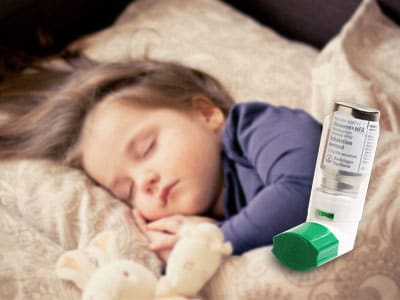
Mold is a tenacious substance that takes root in the presence of moisture. According to the Centers for Disease Control, “There is always a little mold everywhere — in the air and on many surfaces.”
If you have mold in your home, your respiratory health and that of any small children or infants might be at risk.
According to the CDC, one 2004 study found that “There was sufficient evidence to link indoor exposure to mold with upper respiratory tract symptoms, cough, and wheeze in otherwise healthy people,” including children. Furthermore, indoor exposure to molds can exasperate asthma symptoms. Another study linked molds to the development in asthma in children, “particularly children who may be genetically susceptible to asthma development,” although more research is needed. Severe reactions, such as fever and shortness of breath, may occur for workers who are exposed to large amounts of mold. People with allergies, immune suppression disease or underlying lung disease may be more susceptible to respiratory problems caused by mold.
According to a study by the Mayo Clinic in 1999, nearly all chronic sinus infections are the result of mold.
Molds themselves aren’t toxic. Instead, certain toxigenic molds produce toxins (specifically, mycotoxins). However, these molds aren’t any more hazardous than other common molds which can grow indoors, according to the CDC. Stachybotrys Atra, or black mold, is toxigenic. It’s greenish-black and can grow on material with high cellulose and low nitrogen content, including fiberboard, paper, and dust. Black mold thrives on moisture and needs it constantly in order to grow.
According to the CDC’s Healthy Housing Assessment Manual, the most important way to prevent mold growth is to control moisture. The CDC recommends indoor humidity to be between 40 percent and 60 percent. Fix all leaks, check all ventilation, use exhaust fans, limit the number of indoor plants and use dehumidifiers to keep moisture out of your house. Nonporous materials can be cleaned with solutions of one cup of bleach in one gallon of water. However, carpets, fabrics, and books exposed to mold will likely have to be removed. If you have persistent symptoms, visit a health care provider.
If you have any concerns about mould in your home or workplace, please call us today at 226-289-7473 to discuss testing and possible remediation.
We service the greater Kitchener-Waterloo, Ontario region.